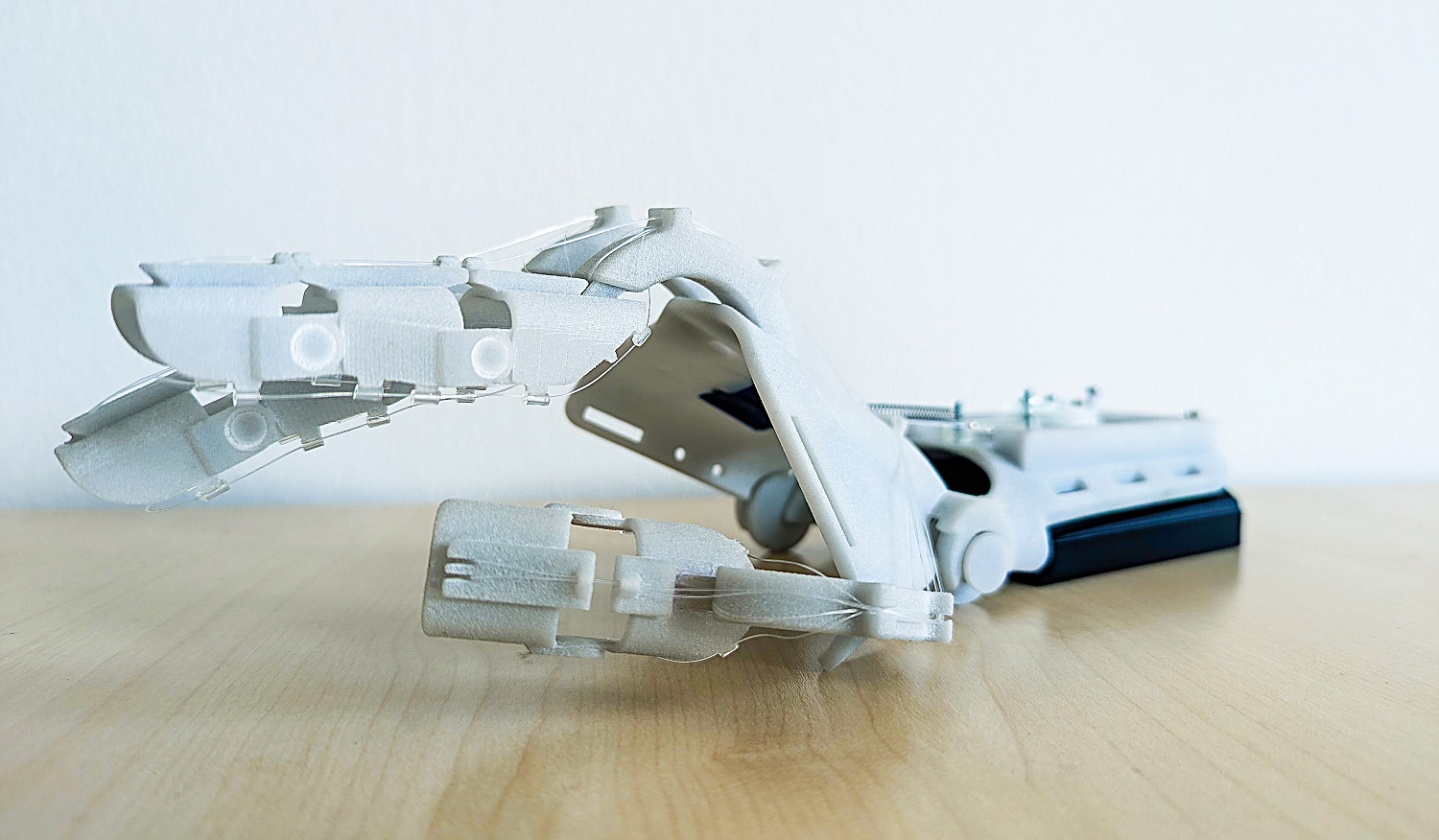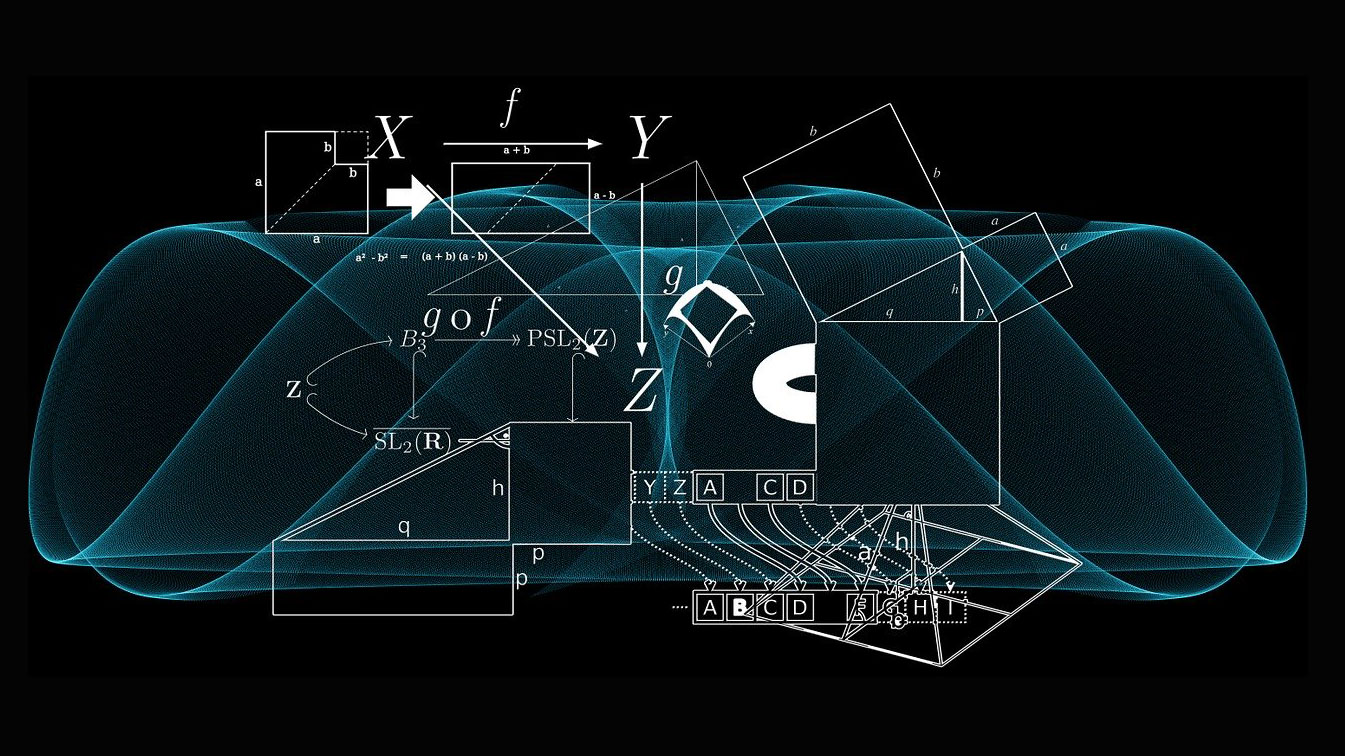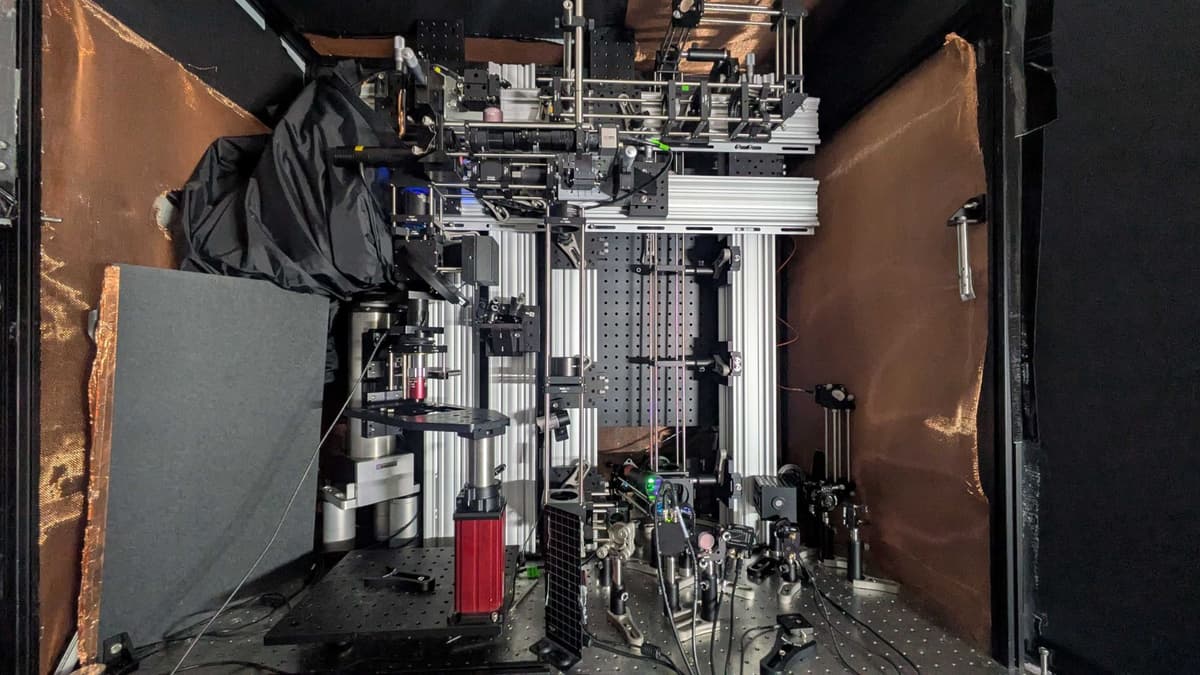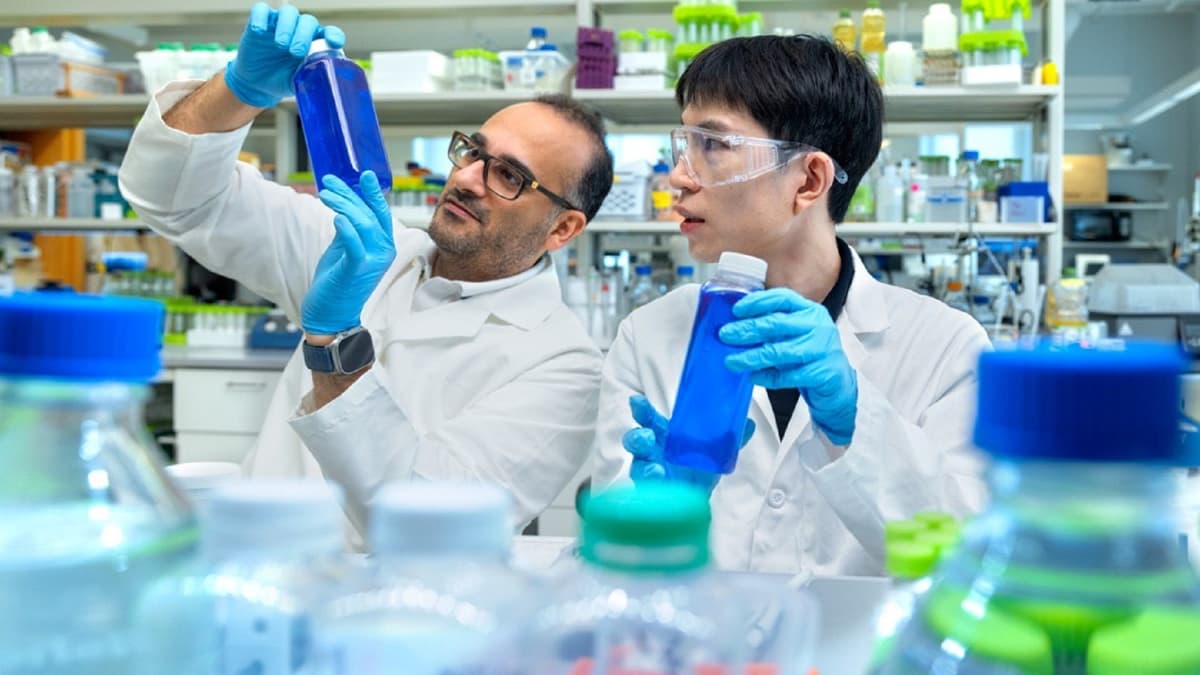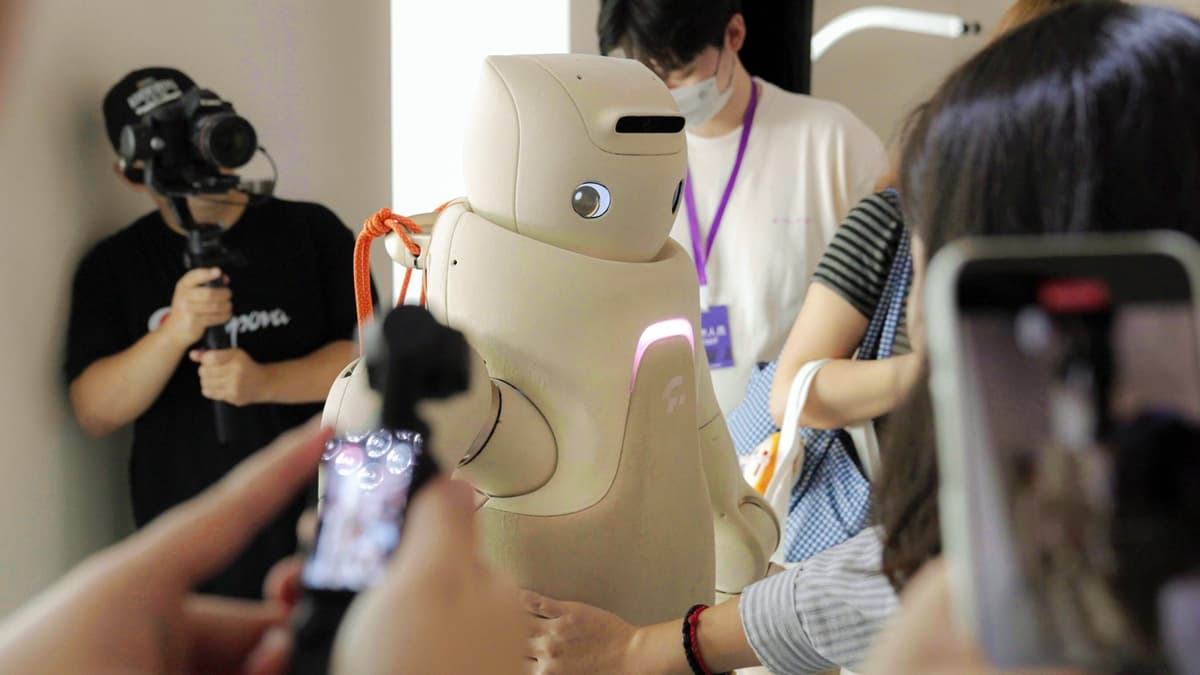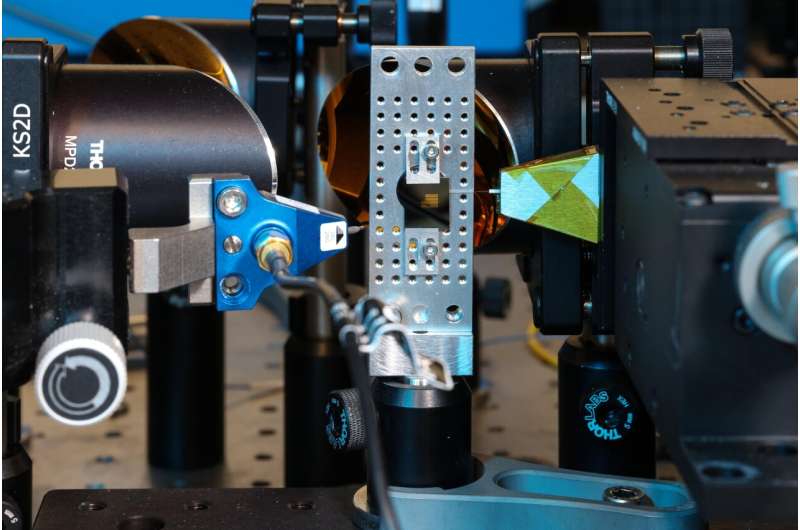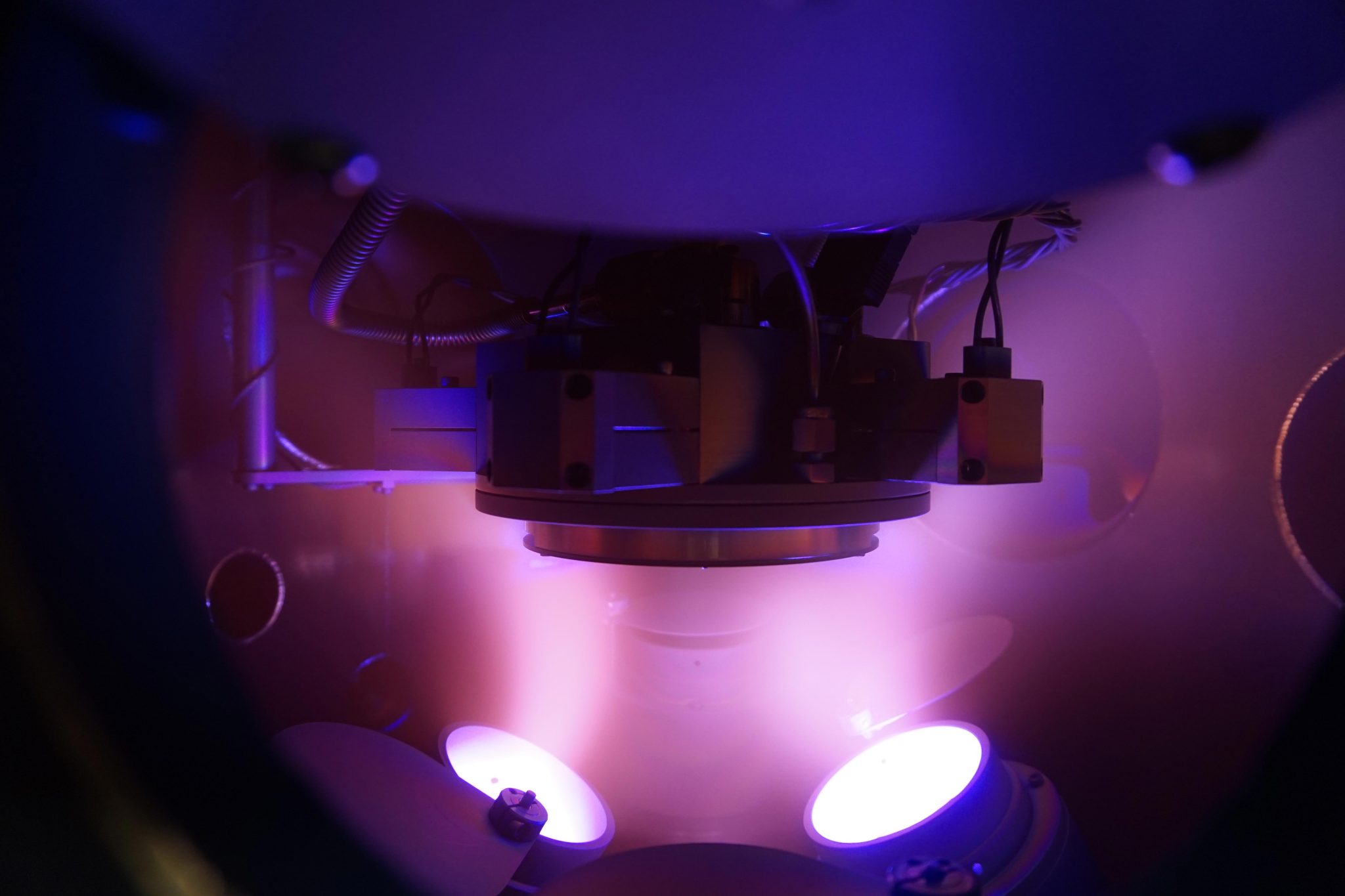At first glance, it looks like something out of a cyberpunk film—a sleek, skeletal glove clinging to your hand like a second skin. But this isn’t science fiction. At Germany’s Fraunhofer Institute for Machine Tools and Forming Technology (IWU), researchers are engineering custom 3D-printed exoskeletons that adapt to your exact hand shape, strength profile, and even your injury history.
The concept is deceptively simple: combine a precise 3D scan of your hand with parametric CAD design and selective laser sintering (SLS) to print an exoskeleton that matches your anatomy, not some average model. Every curve, joint angle, and finger length is taken into account. No two devices are the same—because no two hands are the same.
Continue reading… “The 3D-Printed Exoskeleton That Learns Your Hand”
